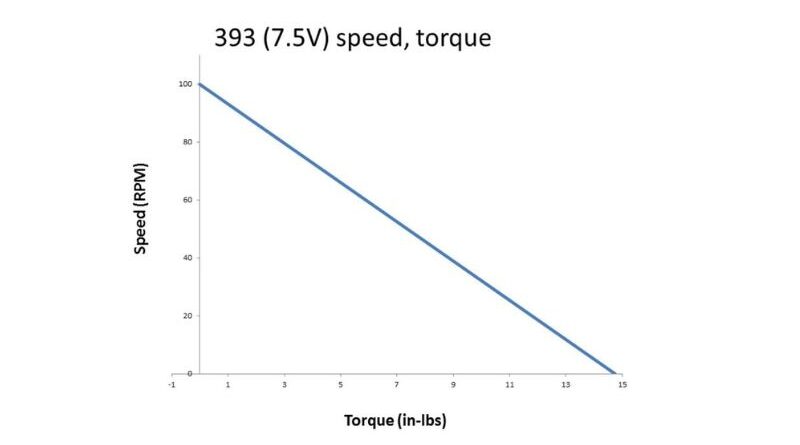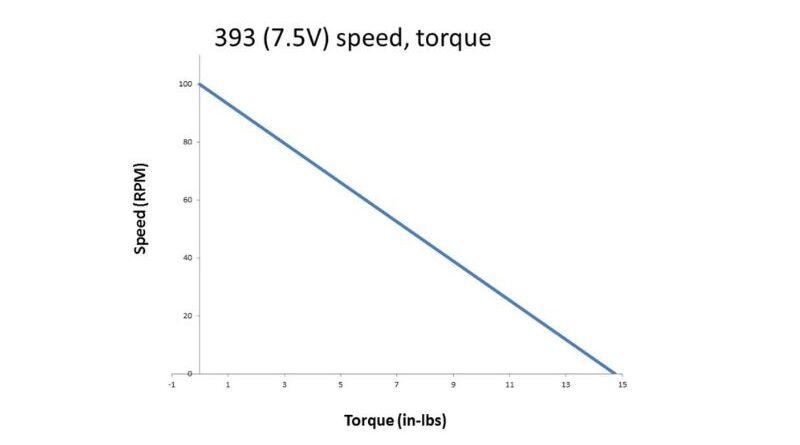
In mechanics and engineering, two fundamental concepts are important: torque and power. These related concepts are essential for determining the performance and efficiency of various machines and systems. Understanding the complex relationship between torque and fuel is critical for engineers, technicians and enthusiasts. By unraveling this relationship between torque and power, we can gain valuable insights into how these forces shape the world of mechanical movement and optimize performance. This article will delve deeper into the topic and examine the complexities of torque and horsepower and how they work together to drive and convert energy in countless applications. So buckle up and join us on this insightful journey as we unravel the relationship between torque and horsepower and gain a deeper understanding of their interconnected nature.
Imagine a pulley with radius (R) and applied force (F) as shown in the figure.
then torque T = F x R Nm
The speed of the pulley is N revolutions per minute. Now, the work done in one revolution is converted into the distance traveled in one revolution.

d = distance covered in one revolution
d = 2πR
W = work done in one revolution
∴W = Fxd
= 2πRFJ
The time required for one revolution results from the speed NU/min
t = time of one revolution
t = (60/N) sec
Now power (P) = W/t
P = (2 πRF) / (60/N)
Rewrite as P = ((2 π N)/60)
∴ P = T x ω
Where
Torque T = (F x R) in Nm
Angular velocity ω =((2 π N)/60) in rad/s.
The relationship P = T x ω is important in evaluating many mechanical systems.
Understand the relationship between torque and power
Understanding the torque-power relationship is fundamental to understanding the dynamics of mechanical systems and optimizing their performance.
Torque First Approach
In certain applications, such as pulling heavy loads or accelerating from a stop, torque plays a more important role. Motors with high torque at low speed are ideal for these situations. Torque-oriented motors provide the initial force needed to overcome inertia and make things move.
Power-first approach
However, in applications where high-speed performance is a priority, such as racing or sports cars, performance takes precedence. Engines with high power at higher speeds are more suitable. Engines that put performance first provide the ability to maintain high speeds and produce impressive acceleration.
Torque and power optimization
Engineers strive to find a balance between torque and horsepower to optimize the engine's overall performance. Manufacturers can tailor an engine's characteristics to specific applications through advanced design, optimization of intake and exhaust systems, and fine-tuning of engine components.
EMF equation of a transformer
The electromagnetic force (EMF) equation of a transformer is a fundamental equation that determines the operation and performance of this important electrical device. It relates the voltage induced in the transformer windings to the magnetic field and the number of turns in the coils. Understanding the EMF equation is fundamental to transformer analysis and design. This section takes a detailed look at the EMF equation and explains its components and meaning.
The emf equation of a transformer can be expressed as follows:
EMF = -N * dΦ/dt
Where:
- EMF represents the electromotive force induced in the transformer winding.
- N denotes the number of turns of the winding.
- dΦ/dt represents the rate of change of the magnetic flux.
The EMF equation is derived from Faraday's law of electromagnetic induction, which states that a change in magnetic flux through a coil induces a voltage across the ring. In the context of a transformer, this law describes how the magnetic field of the primary winding induces a voltage in the secondary winding.
Conclusion
By unraveling the complex relationship between torque and horsepower, we gain a deeper understanding of the principles underlying mechanical performance. Whether developing high-torque motors for heavy-duty applications or high-performance motors for heavy-duty applications, the relationship between torque and power serves as the guiding principle. With this knowledge, engineers and enthusiasts can optimize their systems for maximum efficiency and effectiveness in a variety of areas, driving innovation and pushing the limits of mechanical performance.

